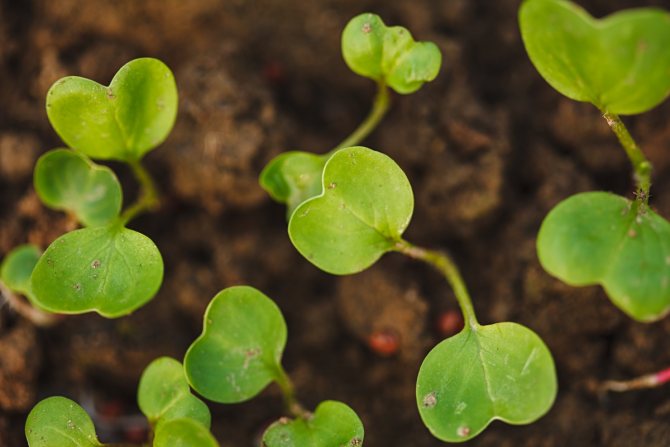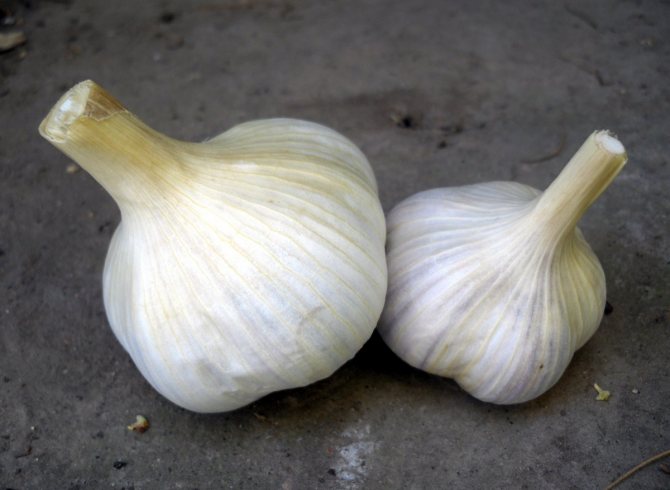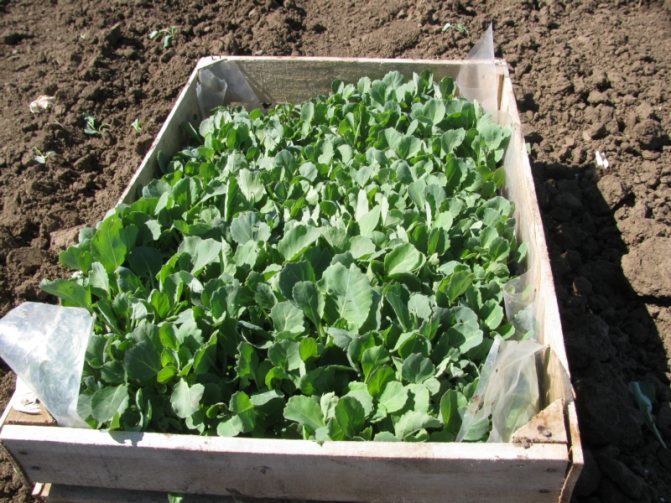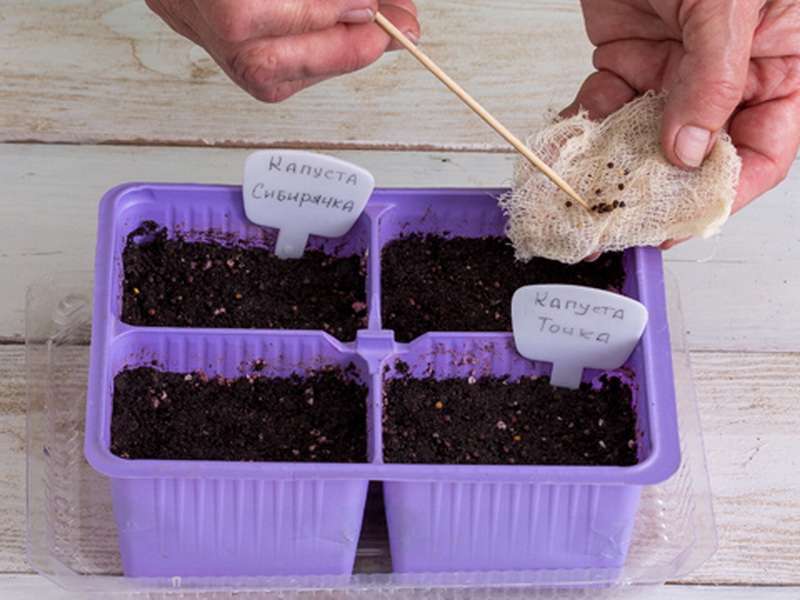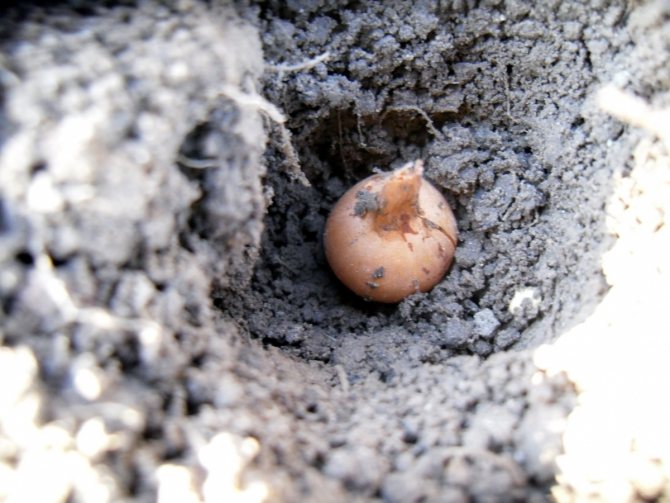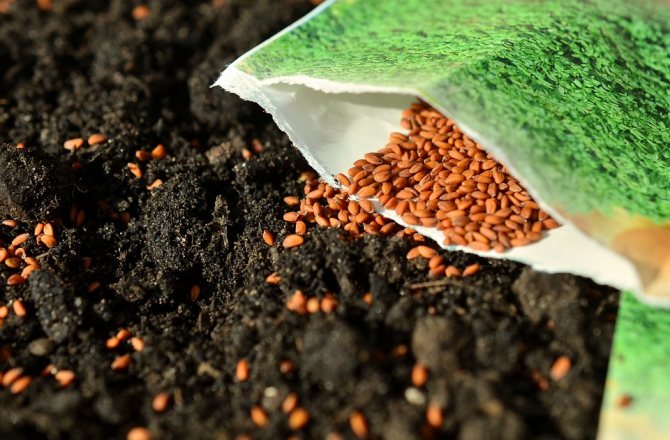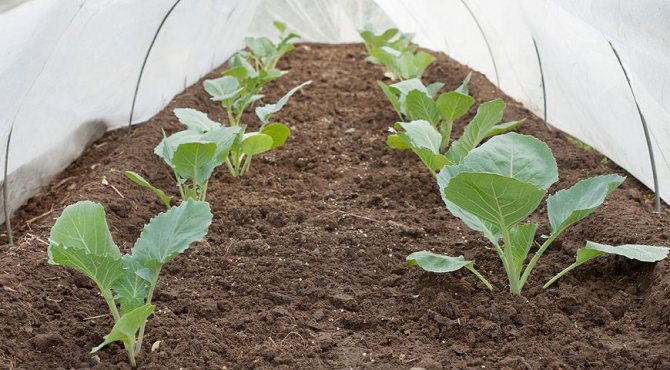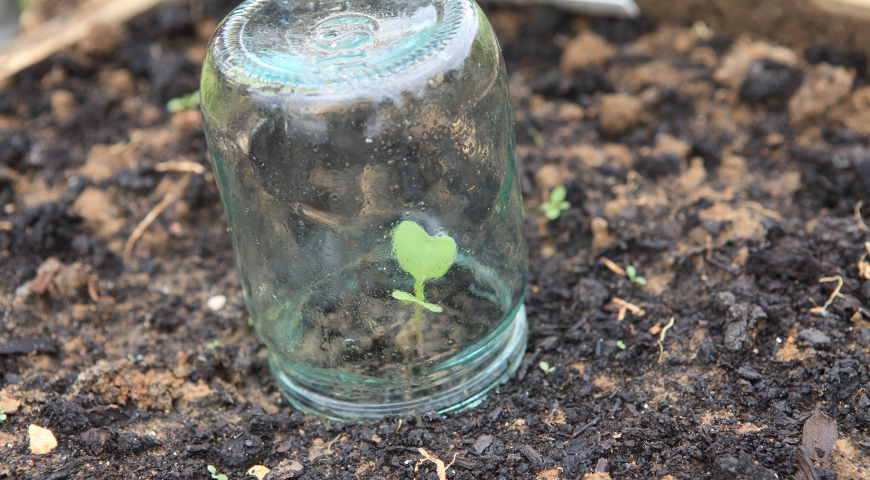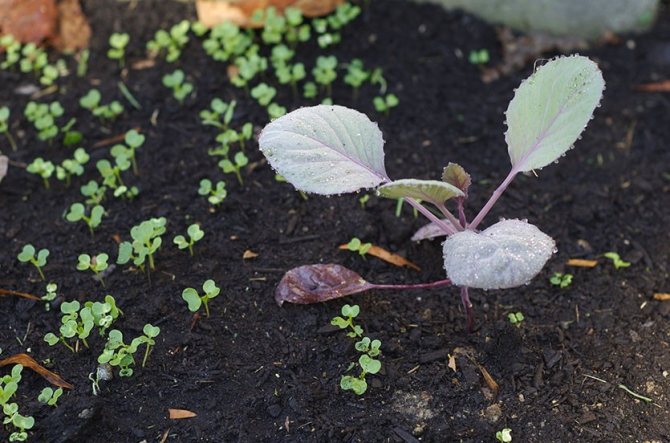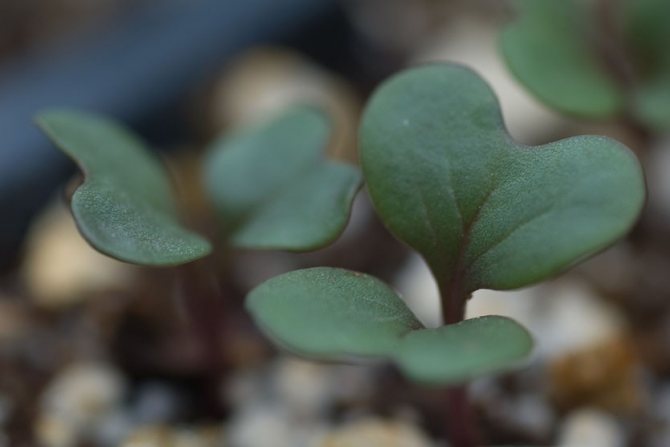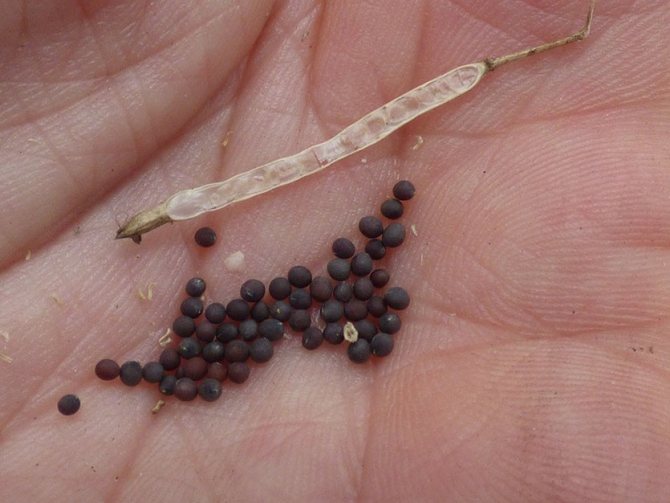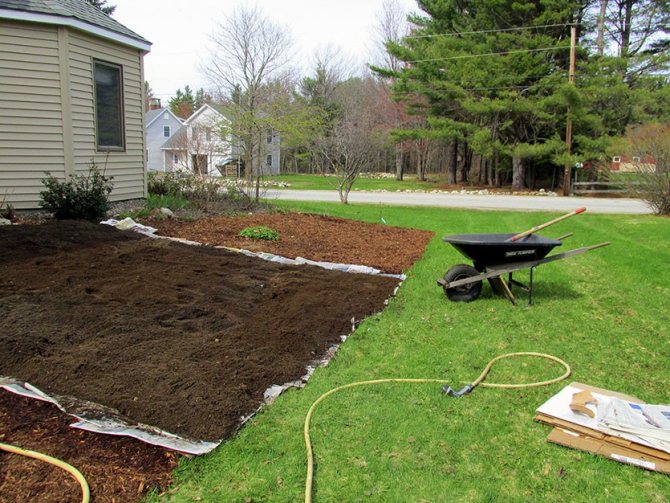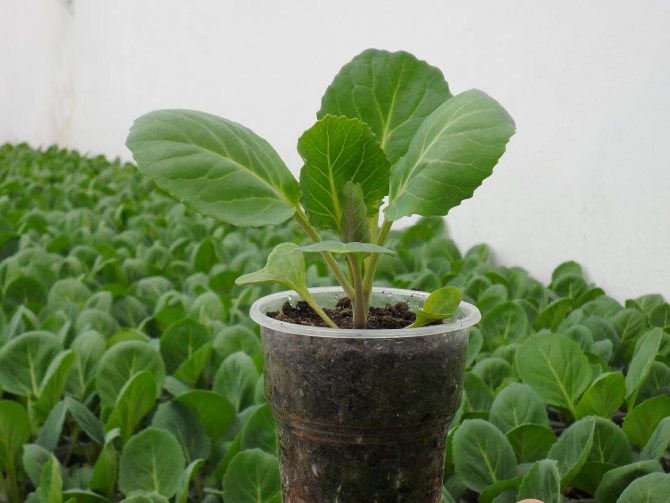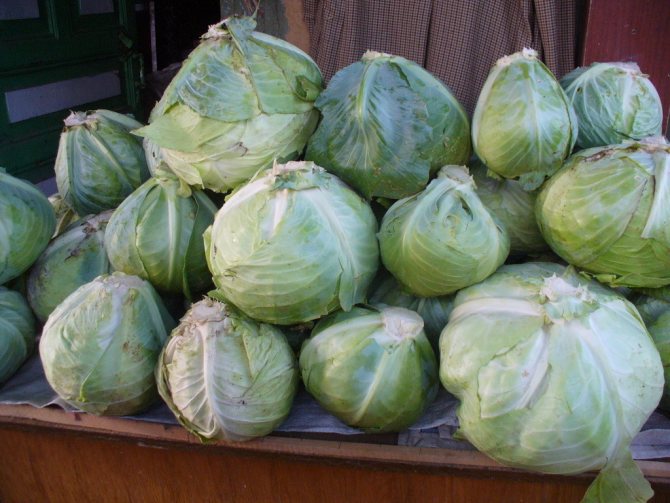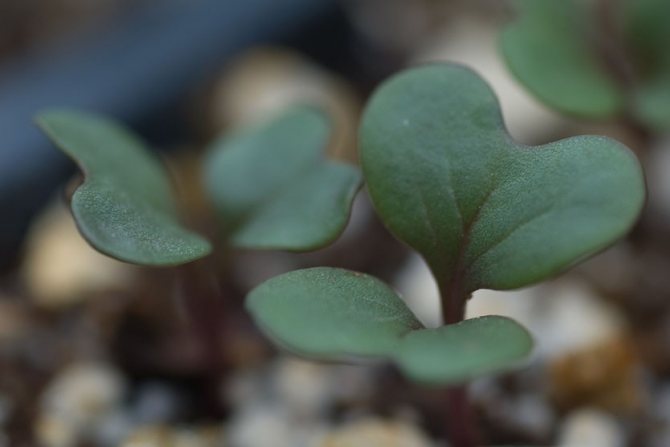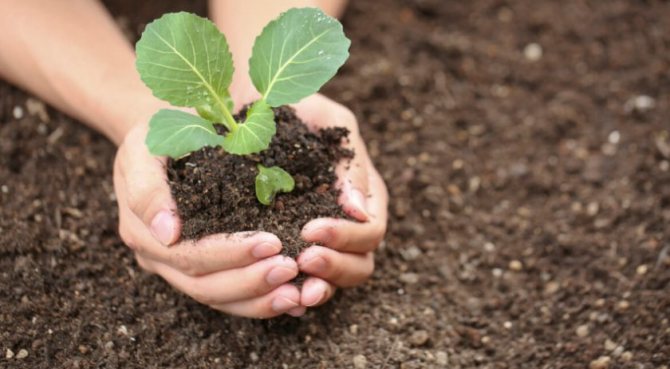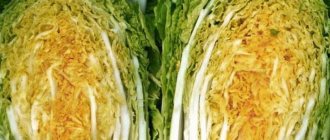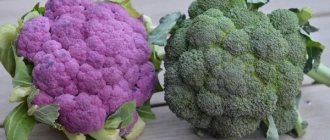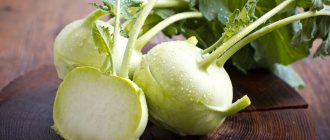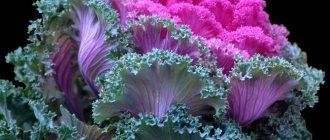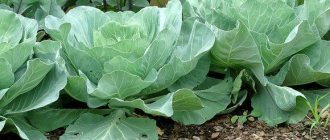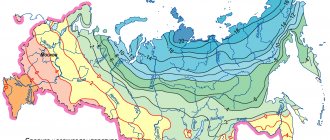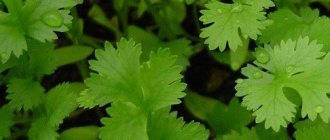The importance of accounting for the phases of the moon
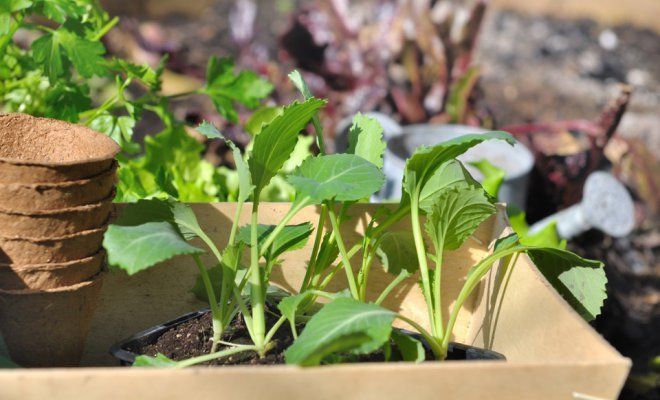
According to the belief of gardeners, it is in the phase of the growing moon that everything that is above ground level actively grows: these are stems, leaves, flowers and fruits. Any type of work is recommended for performance - planting and transplanting a plant culture, loosening the soil, fertilizing it and watering it. Do not carry out pruning and grafting during this phase, as such work creates a risk of disease and even death of the plant.
During the waning moon, there is an active growth of everything that is concentrated underground - the root system, tubers and bulbs. Any interference with the soil is dangerous for the plant during it - diving, digging, deep loosening and other types of treatments. It is recommended to remove weeds and thin out thickened seedlings.
On a note! There is the phrase new moon and full moon. During her stay, there is a high increase in the vulnerability of all living organisms, it is necessary to abandon any type of land work from any action with plants. An exception is pest control. It is also recommended to collect ripe fruits and berries.
What to remember
- Sow seeds 40-45 days before planting in the ground. Late-ripening varieties have a long growing season. It is necessary to calculate the ripening time for each climatic zone.
- Fertilize the land well... For long-term growth of cabbage, a rich substrate is required. Apply organic and mineral fertilizers throughout the growing season.
- Provide abundant watering. For good crop growth, constant moistening and loosening of the soil in the root circle is required.
When to plant cabbage in 2020
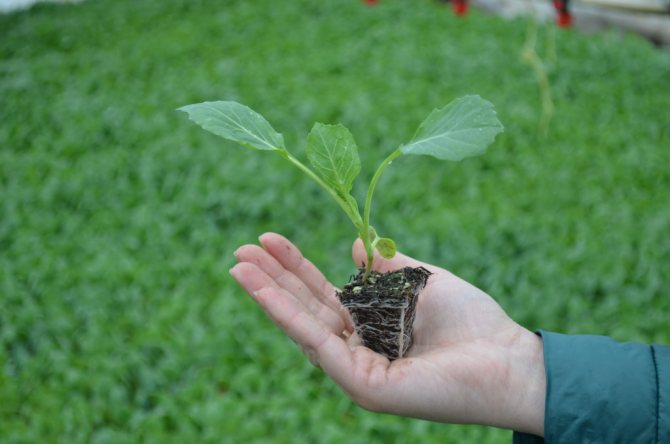

The optimum temperature for growing cabbage seedlings is from 8 to 10 degrees at night and from 12 to 15 degrees during the day. In indoor conditions, it is difficult to achieve such marks, therefore it is better to plant vegetable seeds in special utility rooms, on a glazed and insulated balcony or in a heated greenhouse. Choose favorable days for cabbage depending on the region, the lunar calendar, the type of plant culture and the method of its cultivation.
By the moon
It is recommended to plant cabbage for seedlings in 2020 according to the lunar calendar on the following dates:
| Month | Auspicious days |
| February | 4,7,24,25,28,29 |
| March | 4,5,11,18,27,30 |
| April | 6,10,14,18,19,25,27 |
The unfavorable days for planting crops include February 1, 10, 12 and 18, March 2, 10, 15 and 23, April 1.3, 21 and 24.
By region
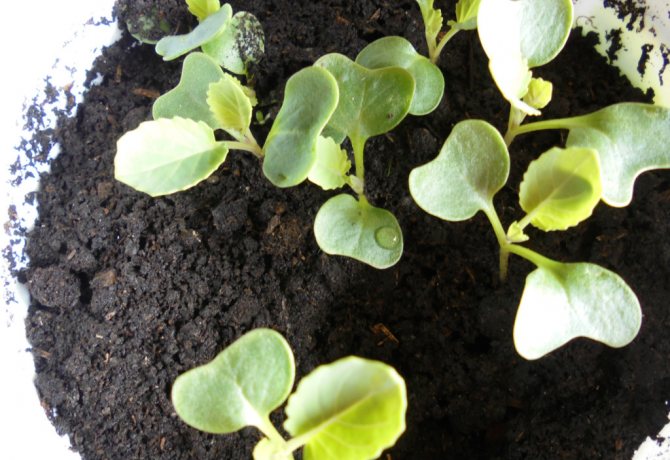

Planting cabbage may vary depending on the region. In the middle regions of Russia, this is carried out from March 15 to February 15. In other cases, focus on the climatic conditions of the place of stay:
- central part (Moscow, Moscow region, St. Petersburg) - from March 15 to April 25;
- northern region (Ural, Siberia) - from April 15 to May 30;
- southern region (Crimea, Altai Territory) - from February 10.
The lunar calendar for cabbage and the choice of the planting date are not as important as calculating the deepening of seeds depending on their variety and type of cultivation. This is due to the fact that a seedling of each plant culture is characterized by certain ripening periods before planting in open ground. This is also influenced by the conditions under which they are kept.
Hilling
Hilling improves the development of the vegetable, helps to avoid fruit rotting. The bush is huddled only after the plant has strengthened in a permanent place and has begun to grow.The procedure is performed every 10 days, about 2 weeks after transplanting the seedlings to a permanent place in the garden. You can also fertilize the bush with a mullein mixture.
The soil under the vegetable crop should be loosened and covered with wood ash: 1 tbsp. on 1 m² of land. Hilling is carried out on a windless day. Before this action, for 3 days, the plants are fertilized with 10-15% chicken droppings.
How to plant cabbage for seedlings


The first step in growing cabbage is choosing a variety. Purchase seed material only in specialized stores for gardeners, this will allow you to purchase a quality product. When choosing it, take into account the climatic features of the region. Be sure to check the integrity of the packaging and the expiration date of its contents.
Harvest
Late cabbage varieties are harvested in late September - early October. A month before the start of harvesting, watering is sharply reduced, otherwise the heads of cabbage will crack. Do not be afraid of the onset of the first frost, some varieties benefit from exposure to the cold. Heads of cabbage, which have experienced a light frost, acquire a sweetish taste.
It is advisable to clean the heads at lunchtime, and not in the morning, when dew forms on the bushes. Since late cabbage requires long-term storage, it is cut with a cabbage stump and several covering leaves. Before laying in the cellar, the heads are dried and carefully examined. Heads of cabbage damaged by pests or cracked are discarded, they are used first.
Attention! Ideal conditions for storing cabbage are a dark room with a temperature of 0 ... + 5 degrees and a humidity of 95%.
Heads of cabbage are stored in different ways - they are folded in boxes with sand or hung by a stump. It is important that the forks do not touch each other. Another way to preserve cabbage for a long time is fermentation.
Late varieties and hybrids are popular with the residents of Russia. They are appreciated for their high yield and long-term storage. This cabbage is widely used in cooking and serves as a source of vitamins throughout the winter.
Mistakes when growing cabbage
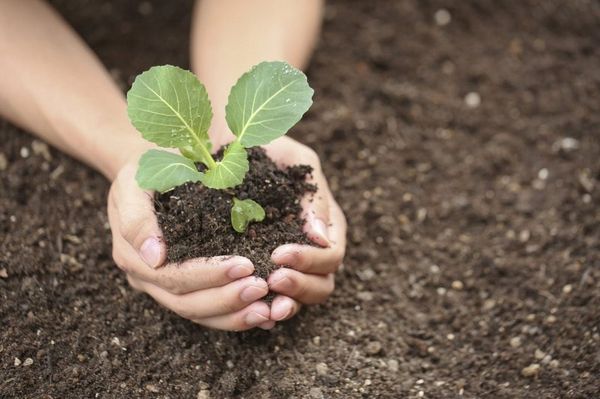

Sometimes, even if the deadlines, planting rules and plant care are met, it will not be possible to achieve a good harvest. This is due to the fact that the gardener in the process of growing a plant made one of the following mistakes:
- Planted seedlings too often. The plant began to shade each other, which led to their elongation and death.
- Excessive watering. Abundant moisture leads to the formation of the most common disease for cabbage - black leg. Watering with cold water leads to the same, it is better that it is previously defended indoors or in an open area.
- Violation of the temperature regime during cultivation. It slows down the growth of the seedling.
- Dry indoor air. It is unacceptable for growing any kind of plant, it is recommended to install a humidifier.
Cabbage is a healthy dietary vegetable used for preparing first and second courses and salads. She is whimsical in her care. If you want to get a decent harvest closer to autumn, observe the terms and rules for planting seeds for seedlings and seedlings in open ground. Provide proper plant care throughout the season.
Further care
Caring for white cabbage begins by feeding seedlings with fertilizers. You can grow full-fledged heads of cabbage by giving them nutrients 3 times during the entire growing season.
This is done as follows:
- the first time the seedlings are fed when 5 leaves develop on them (if the plants are planted in open beds) or 15 days after planting the seedlings;
- the next feeding is done when the outlets are formed;
- the latter - during the formation of the head of cabbage.
For these procedures, organic mixtures (manure, chicken droppings) or preparations such as terraflex, raxolin ABS are used.
Cabbage needs good care
It is necessary not only to plant white cabbage seedlings, but also to protect the seedlings from weeds. For this, the beds are spud 2 times a month. The first time the procedure is performed 21 days after planting the plants, and then another 14-15 days later. Lontrel and butisan herbicides are used against weeds.
The soil in the beds is mulched with peat, the layer of which should be at least 4-5 cm. Hybrids love watering and loosening. Irrigation is done once a week. It is advisable to carry out this operation in the early morning. At different periods of ripening of white cabbage, the irrigation of seedlings takes from 19 to 60 m³ of water.
Important! Watering is carried out with warm water that has been kept under the sun's rays. After each moisturizing session, you need to loosen the soil.
To protect plants from blackleg disease, it is recommended to use a weak solution of potassium permanganate. It is poured onto the plants every 15 days. Cabbage keel and other diseases are eliminated with the help of special antifungal and antibacterial drugs. How to use them, you can find out from the annotation to these substances attached to the package.
Garden pests are fought as follows:
- flies are killed with bazudine;
- caterpillars of white beetles, aphids and flea beetles are exterminated with insecticides by spark, senpai, knockdown, inta-vir;
- slugs are scared away with wood ash or metaldehyde preparations and copper sulfate.
For the prevention of insects and various diseases, you can treat the beds with crops with biological substances agrovertin, phytoverm and other drugs similar to them.
Important! Diseases and pests appear in the garden almost at the same time, therefore, the fight against one evil brings success to eliminate another danger.
Seed selection
A huge number of cabbage varieties are known. They all differ in appearance and taste. The most popular varieties:
- Red-headed.
- White-headed.
- Beijing.
- Savoy.
- Colored.
- Broccoli.
- Calais.
- Pak Choi.
Choose the type that suits you or plant several at once. Please note that early maturing cabbage can only be planted in spring. It is very delicate and will not withstand winter frosts. For sowing for the winter, late and mid-season varieties are suitable.
More seeds are required. Increase the rate by at least 30%, or better twice. Most of them will freeze and die. And if you regret the seeds in the fall, then in the spring you will find a lot of free space in the beds.
The best varieties for planting
Winter sowing will survive only frost-resistant mid- or late-ripening cabbage. The following varieties meet the specified criteria.
Did you know? Cabbage was introduced into the culture of the ancient Iberians on the territory of modern Spain in the 3rd millennium BC. e.
White cabbage:
- Hope. Mid-season variety, ripens up to 155 days. Heads of cabbage are round or slightly flattened, medium in size, weight in the range of 2.5-3.5 kg. The leaves are dense, bluish-green in color, there is a moderate waxy bloom. The structure of the leaf is heterogeneous, the edges are wavy.
- Winter storm. Siberian late-ripening variety, ripens 135-155 days. The average weight of a head of cabbage is 4.5 g, the shape is round. Leaves are dense, dark green, there is a waxy coating. Heads of cabbage do not crack and can be stored for up to 8 months.
- Siberian. The variety ripens for 125–140 days. Heads of cabbage up to 25 cm in diameter, round-flat, weight of one specimen is 3-5 kg. Leaves of medium density with a smooth surface, light green color. The edges of the leaves are slightly wavy, there is a waxy coating. Gardeners harvest 11-13 kg of crops from 1 m². The variety is easy to carry and transportable.
Red cabbage:
- Gako-741. The variety is medium late, mass ripeness occurs in 125–155 days. Heads of cabbage are round, sometimes flattened. The leaves are purple, folded with medium density. 2.4–6.7 kg of vegetables ripen per 1 m² of plantings. The fruits are stored without cracking, they tolerate the road well.
- Stone head-447.Medium ripening cabbage. Heads of cabbage in large numbers ripen for 120-145 days. The shape of the vegetable is round, the weight of one specimen varies from 1.1 to 2.6 kg. The leaves are purple-red, densely folded into a head of cabbage. 1.7-3.6 kg are harvested from 1 m² of crops. It may crack during storage, but it tolerates transportation well.



